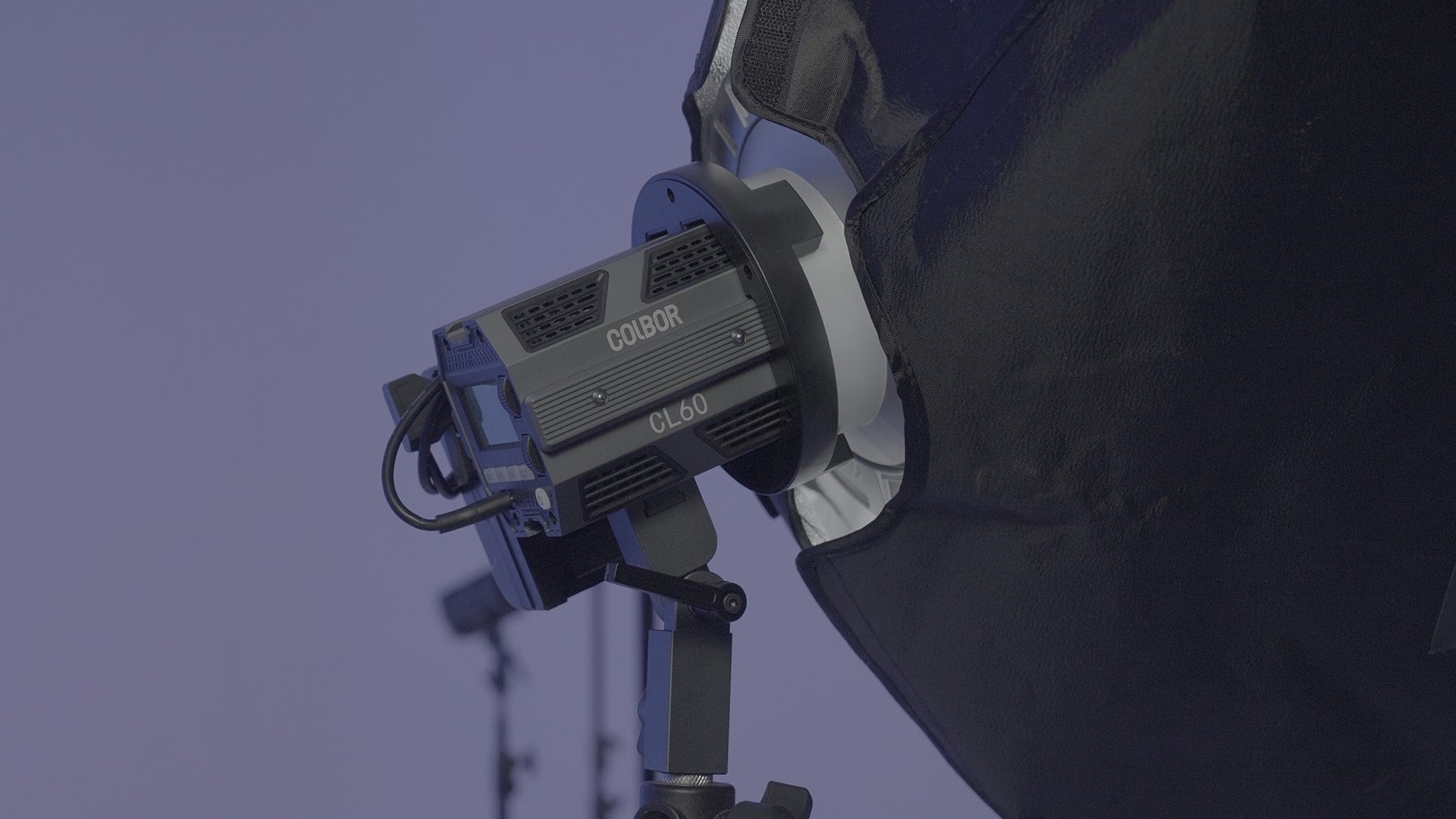Daylight studio lighting has advanced significantly in recent years as it has more accurate and definite color, the capacity to modify the tones and moods, and brighten up the darkness. It has become quite trendy with its “what you see is what you get” effect. However, when it comes to studio photography, people have differing views on flash and daylight LED.
In order to help you understand both of them clearly, I’m going to explain the differences between them.
Definition
Clearly, daylight balanced studio lighting is a continuous resource that should be utilized and managed. If you are shooting in a relatively dark studio, the daylight will be as similar to the natural sunlight and will give your photos full brightness. As an ambient source, it typically has a color temperature of 5600K, producing a significantly cooler hue than what we obtain when using tungsten or flash.
For video studio lighting in photography, the flash, also known as a strobe, emits a daylight-balanced burst and has a flash tube. Because the flash tube is triggered by a remote shutter, the burst of flash cannot be used as a video light for shooting video.
Pros and cons daylight LED and flash light for studio photography
Since you know the basic concept of them, you should learn their pros and cons to make a better choice when shooting in a studio.
|
Item |
Daylight LED studio lighting |
Flash studio lighting |
|
Steady output |
√ |
× |
|
Strong output |
× |
√ |
|
Continuous brightness |
√ |
× |
|
Controllable mood |
√ |
√ |
|
Flexible setup |
× |
√ |
|
More color match |
√ |
× |
|
Energy saving |
√ |
× |
|
Cooling system |
√ |
√ |
|
Freezing movement |
× |
√ |
|
Video shooting |
√ |
× |
|
Contrast & Shadow |
√ |
× |
|
Eye exposure |
√ |
× |
|
Higher heat |
× |
√ |
Power and energy
For daylight studio lighting, power is measured as a rate of use, and a 100-watt daylight light bulb uses 100 watts of electricity, whether it is on for a second or continuously throughout the day. In contrast, the power of flash studio lighting is measured in watt seconds, which represents the total amount of electrical energy that was input during the brief flash.
The efficiency of flash units is comparable to that of fluorescent studio lights. It may therefore be likened to LED used in the day. LED and fluorescent transform electrical energy into visible light. Fluorescent have a conversion efficiency of roughly 50%, whereas LEDs have a 90% efficiency. All of the electrical energy that is left over is squandered as heat. As a result, we can observe that the fluorescent heats up quite significantly, and the daylight LED light, like the COLBOR CL100-M, barely heats up.
Even though daylight may last all day, it can only be effective for camera exposure when the shutter is open. While the flash is only active for several milliseconds, it is often far less than the shutter open duration that must be open to click the flash. Therefore, the former just continues to burn slowly while the latter abruptly releases all of its energy and power.
Color rendering index
The CRI (Colour Rendering Index) measures a light source's ability to properly reflect color. A CRI of above 90 is ideal for LED video light for photography. As a result, if you use a daylight balanced LED studio light with a CRI of only 80, you will be missing 20% of the colors in the complete daylight spectrum.
Daylight, also known as white balance, provides improved color, but not flawless, when it has a high CRI value of 80+.
While flash, like fluorescent, obtains a continuous color spectrum. CRI 90 is now feasible for the greatest tri-phosphor tubes. CRI 50 fluorescent is available. When it comes to new bulbs, a high CRI of 80+ which has better color and is not perfect, but better and frequently nearly acceptable.
Uses of daylight studio light and flash studio light
Daylight lighting is a type of continuous light that cannot stop motion. The best daylight LED lights for photography is intended to give the ideal brightness for a wide range of jobs. With its natural sun-like light, it boasts a 5600k color temperature for video shooting or so on. Such bright lights can also be used as recording studio lights for dynamic photography, including interview shooting.
A flash is a virtually instantaneous burst of light that illuminates the subject for barely a split second and fires off quicker than the camera's shutter to freeze subject movement. This makes flash particularly useful for capturing water splashes, balloon bursts, and other fast-moving objects.
In addition, by combining the two, it is feasible to capture a mix of blurred and frozen motion.
|
Item |
Daylight studio light |
Flash studio light |
|
Freezing movement |
× |
√ |
|
Video shooting |
√ |
× |
|
Interview recording |
√ |
× |
|
Livestreaming & Vlogging |
√ |
× |
|
Product photography |
√ |
√ |
|
Still photography |
√ |
√ |
Taking four factors into consideration, you may choose an ideal daylight studio lighting or flash according to your actual needs. And you can check their uses in real estate photography by checking the article Why and how to set up lighting for real estate photography?
